Dirk Christian Mattfeld (auth.)9780387334158, 0387334157
1.1 Freight Transshipment We observe an ongoing trend towards globalized industrial produc tion. Multinational companies aim at strategic competitive advantages by distributing their activities around the globe. As a result, the in dividual supply chains become longer and more complex. Next to the supply chain reliability, companies try to keep supply chains cost effi cient and responsive, i.e. warrant short order fulfillment lead times (Siirie and Wagner, 2005). The above goals dictate low inventory levels at the stages of a supply chain as well as a high frequency of transports between the partners involved. Supply Chain Requirements. Detailed performance measures for a supply chain are provided by the Supply Chain Operations Refer ence (SCOR) model (Supply-Chain Council, 2002). The SCOR model provides four levels with increasing detail of process modeling. In accor dance to the process detail depicted SCOR metrics are defined for each level. Level 1 distinguishes metrics addressing the reliability of supply chains, their responsiveness, flexibility, cost and optionally their assets. On levels 2-4 these metrics are operationalized with respect to the pro cess types source, make and deliver. Thus, as substantial activities of the deliver process, transport and transshipment are evaluated as an integral part of the supply chain. |
Table of contents :
Introduction….Pages 1-8
Automobile Production and Distribution….Pages 9-20
Intermodal Vehicle Transshipment….Pages 21-39
Management of Terminal Operations….Pages 41-60
Modeling Terminal Operations….Pages 61-82
Allocation of Storage Space….Pages 83-108
Personnel Deployment….Pages 109-137
IT-Integration of Planning….Pages 139-158 |
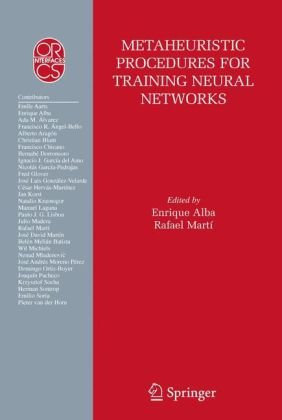
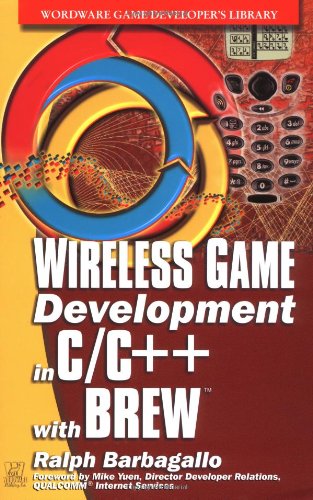

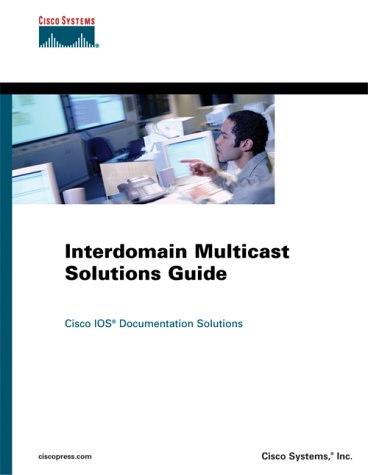
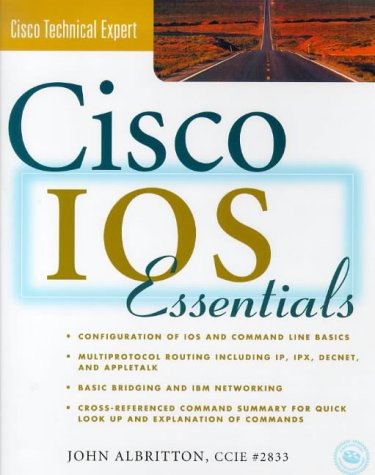
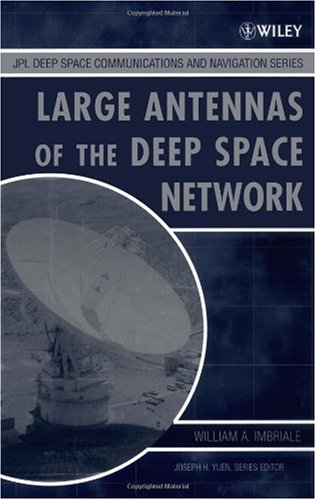
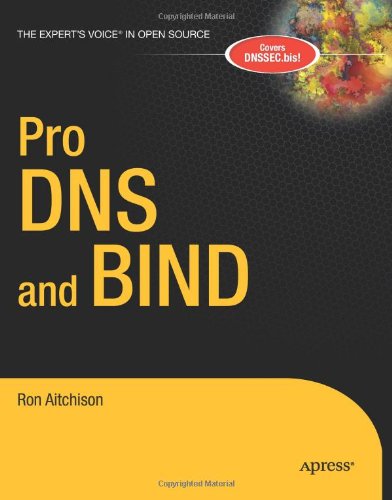
Reviews
There are no reviews yet.